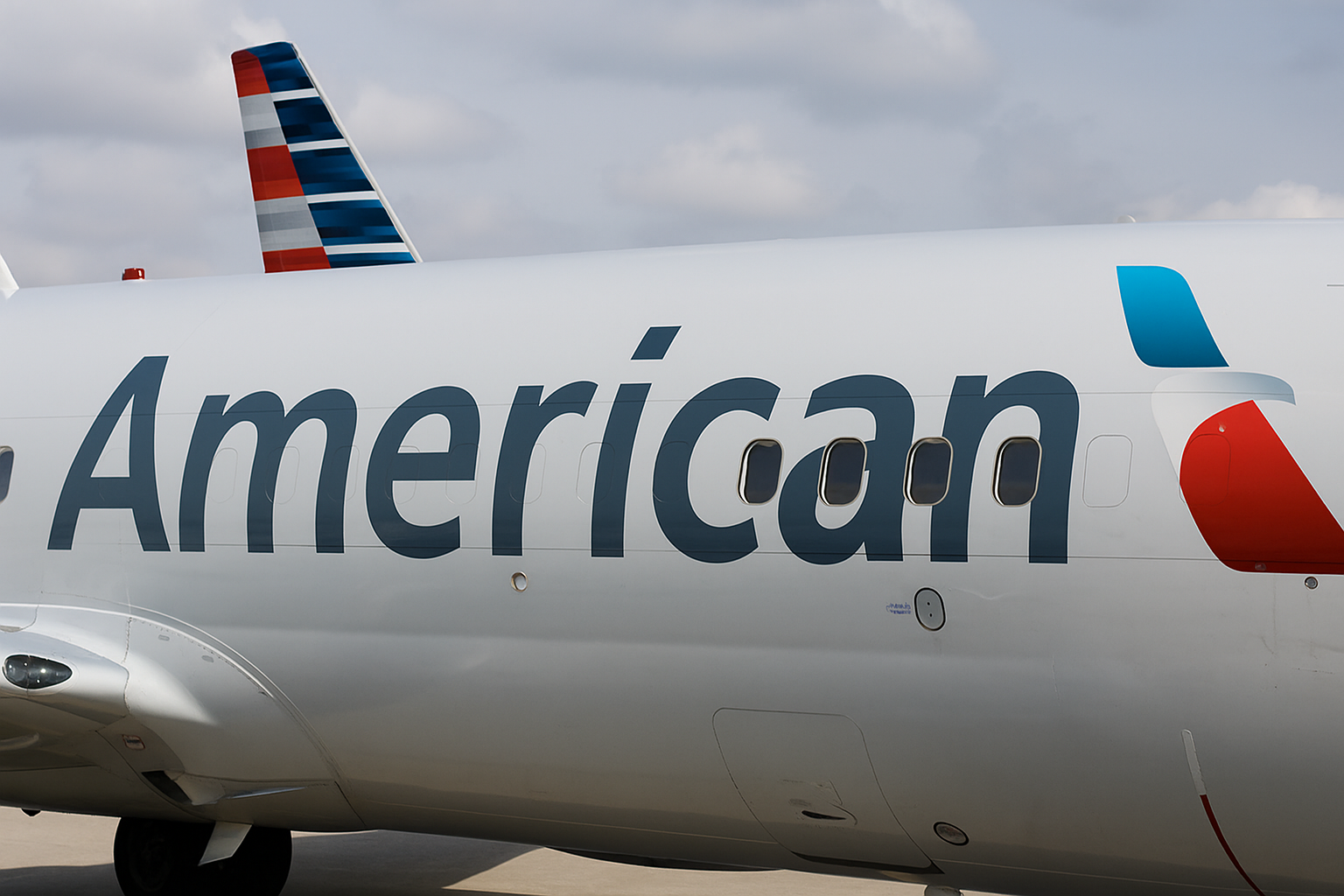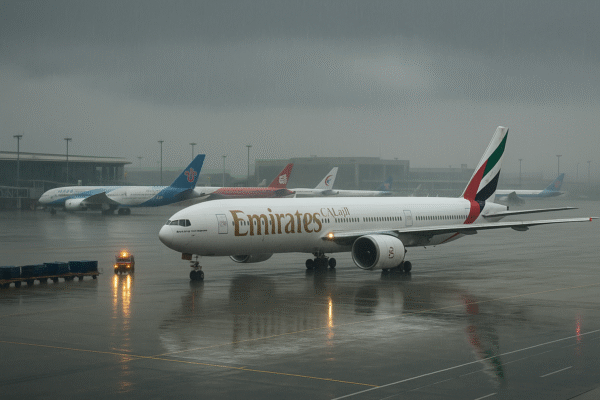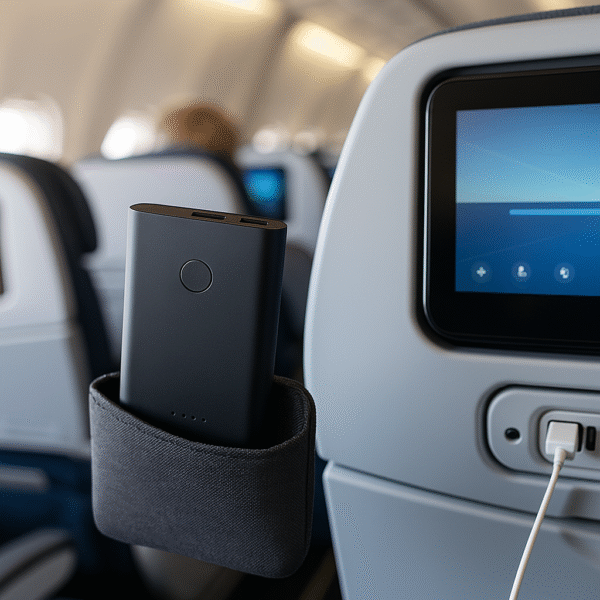Starting October 1, 2025, Emirates will prohibit the in-flight use of power banks on all its flights, becoming the latest major carrier to join a growing global initiative aimed at enhancing passenger safety. The move comes in response to the increasing risks associated with lithium-ion batteries, particularly thermal runaway—an overheating process that can lead to fires or explosions.
Emirates now joins an expanding list of global airlines—including Southwest, American Airlines, Korean Air, Cathay Pacific, Singapore Airlines, and more—that have introduced similar restrictions in recent months.
Why Are Power Banks Banned?
Lithium-ion batteries, commonly used in power banks, are efficient and compact but carry an inherent risk of overheating, especially in pressurized aircraft cabins. When a battery enters thermal runaway, it can ignite or explode with little warning. According to the FAA, incidents involving lithium batteries onboard aircraft rose 388% between 2015 and 2024.
In January 2025, a power bank incident aboard an Air Busan flight led to an overhead bin fire, sparking emergency protocols. Events like these have accelerated regulatory action worldwide.
Emirates’ New Power Bank Policy Explained
Passengers flying with Emirates after October 1, 2025, must adhere to the following rules:
- Use of power banks is strictly prohibited in-flight—this includes charging electronic devices via power banks or charging the power banks themselves.
- One power bank per passenger is allowed, with a capacity not exceeding 100Wh.
- Power banks must be stored under the seat in front of you—not in overhead bins or checked baggage.
- Devices exceeding 100Wh may require special approval or may be banned altogether.
This initiative aligns with Emirates’ commitment to passenger safety and follows the Dangerous Goods Regulations laid out by IATA and aviation authorities.
Airlines Aligning with Emirates
Emirates’ move reflects a larger industry trend. Here’s how other major airlines are handling power bank restrictions:
- Southwest Airlines: As of May 2025, power banks must remain visible and out of overhead storage during flights.
- American Airlines: Bans all large-capacity power banks from checked and carry-on baggage.
- Korean Air & Asiana: Prohibit power banks in overhead bins; passengers must store them under their seats.
- Cathay Pacific: Introduced a similar policy in early 2025, restricting in-flight use and enforcing size limits.
- Singapore Airlines & Scoot: Banned charging of power banks in-flight starting April 2025.
FAA & IATA Guidelines
The FAA and IATA continue to update their regulations in response to new data. IATA mandates that spare lithium-ion batteries must only be transported in carry-on baggage and kept within passenger reach for quick response in case of malfunction.
Passengers must check their devices’ watt-hour ratings and pack them according to airline-specific rules.
What This Means for Travelers
Travelers should prepare for reduced access to personal charging solutions during flights and plan accordingly:
- Charge devices pre-flight and carry backup charging cables for use at airport terminals.
- Avoid overcharging power banks before travel.
- Check power bank specs—any device over 100Wh may be confiscated at security.
- Follow the airline’s carry-on rules strictly to avoid fines or denied boarding.
What Happens If a Power Bank Overheats in Flight?
Cabin crews are trained to manage overheating devices with containment bags and fire extinguishing tools, but fast access is crucial. Hence, airlines now require passengers to keep devices close, not in overhead bins where fire containment is harder.
Final Word: Safety Over Convenience
While the ban may cause minor inconvenience for long-haul travelers, Emirates and other airlines argue that safety is paramount. With the aviation industry witnessing a sharp rise in power bank-related incidents, these restrictions represent a unified global response to evolving passenger safety needs.
As this policy becomes more common worldwide, travelers are advised to stay informed through airline websites, flight booking platforms, and official aviation safety channels.
By adopting safer travel practices and adhering to new guidelines, passengers can contribute to a safer flying environment for all.
For more travel news like this, keep reading Global Travel Wire















